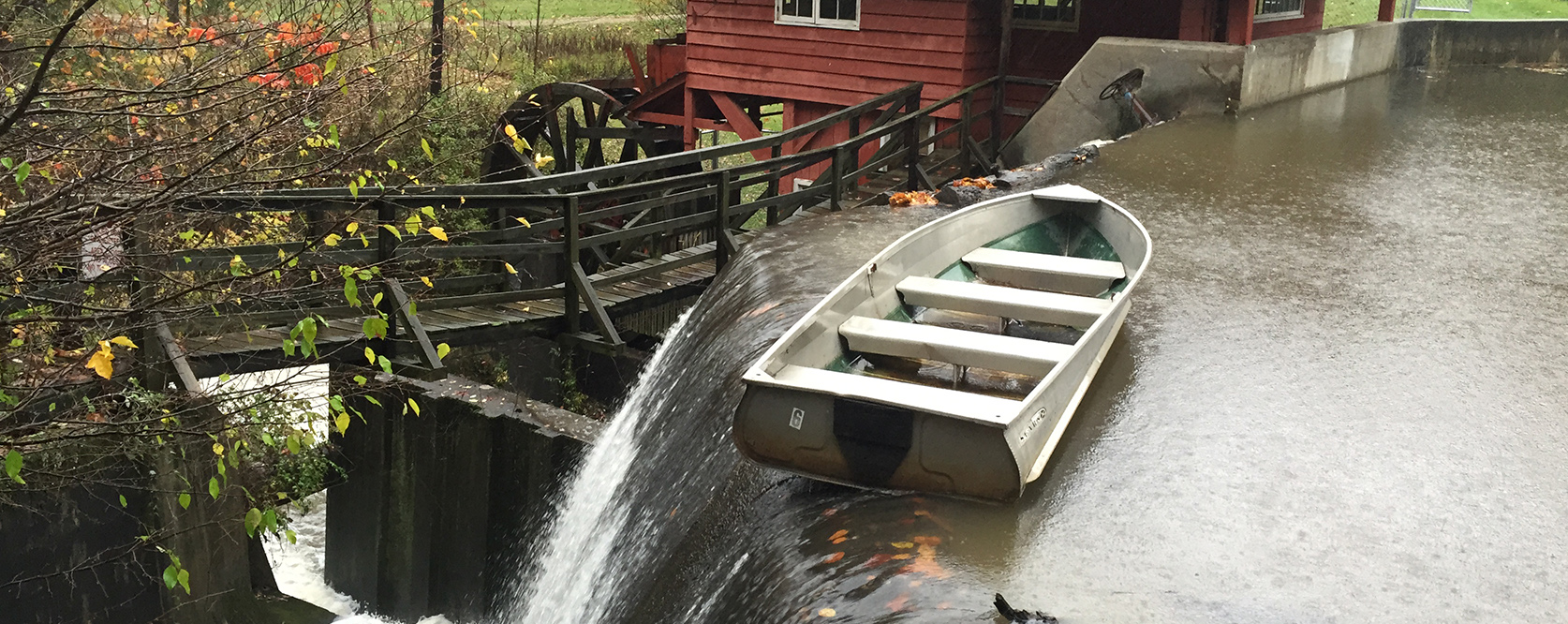
Of Ohio’s 1420 dams, 450 are considered high hazard by ODNR.

Dams are infrastructure.
OMI and EAP
An Emergency Action Plan (EAP) is a practical resource providing specific information about the dam for owners and first responders. An Operation, Maintenance and Inspection (OMI) manual provides checks and record keeping to maintain a dam.
Dams are infrastructure. Many owners are unaware a reservoir or pond near their home was man-made and must be regulated, and maintained. Dams have many benefits such as recreation, stormwater management, flood control, or drinking water storage. Man-made dams are classified according to the type of construction, height, storage of water behind the dam, and potential downstream hazards.
All dams in Ohio are regulated by the Ohio Division of Water Resources (ODNR) and are required by Ohio Administrative Code Rule 1501:21-15-07 to have an Emergency Action Plan (EAP). While required by law, an EAP is also a practical resource for owners so they are more prepared and can respond more effectively during an emergency.
The classification of a dam can change based on future development along the downstream channel. If downstream hazard conditions change at any time during the life of the structure, a reevaluation of the critical routing reach and modification of the critical flood may be required by the Chief. Hazard Creep is a term used to describe urban growth and development occurring downstream of a dam that was not originally designed to protect persons and their property.
OMI and EAP Services
- Inundation Study
- Engineering Study/Engineering Repairs
- Dam Modification & Reclassification
- Dam Removal
- H&H Modeling
- Bank Stabilization
- EAP/OMI
- Invasive Species Removal
- Water Quality Management/Pond Management
- Bathymetric Survey
- Sediment Removal Remediation
- Ecological Permitting


